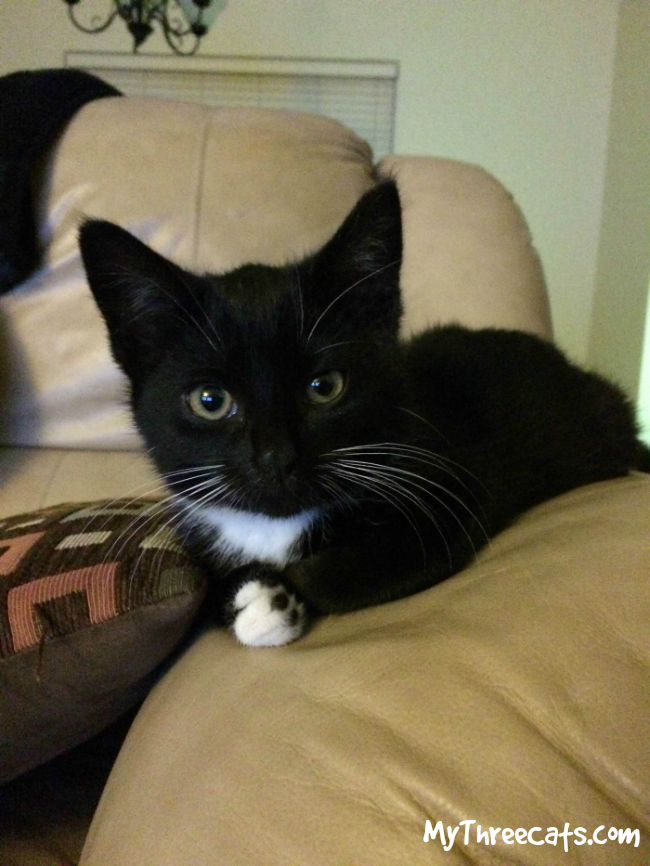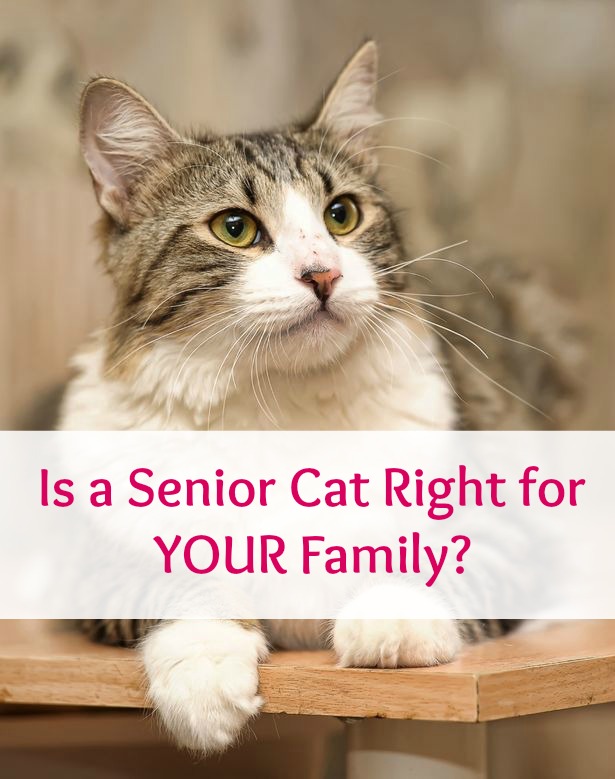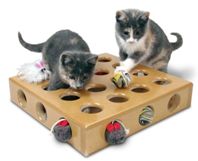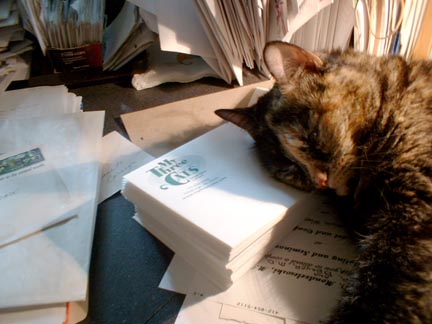
Did you know that approximately 5 to 7 million dogs and cats enter US animal shelters each year, and approximately 3 to 4 million are euthanized? That’s 60 percent of dogs and 70 percent of cats. That’s a pretty staggering number, isn’t it?
It is so important to for pet owners to think about who will care for our pets in the event of our inability to do so, so that our pets don’t become a shelter statistic. Now maybe someone immediately comes to mind, when you think about who you would entrust your pet’s care to if you were not around. But there are still some things to consider:
- DO NOT assume that the caretakers you have in mind, including rescue organizations, will accept the responsibility of caring for your pet. We’ve seen so many pets end up dumped in shelters because the designated caretaker had no interest in assuming the responsibility. For this reason, we strongly recommend that you speak with each individual or organization to make sure they are ready, willing, and able to care for your pet if you’re not.
- Don’t put all your eggs in one basket. In other words, make a plan for more than one possible guardian for the care of your pet, should the need arise. This way, if the primary guardian you’ve selected is unavailable or unwilling when the time comes, your pet will not be left without a home. Circumstances change, so it is always best to have a back-up plan.
There are so many things to consider when planning for your pet’s future, and what works for someone else’s situation might not be right for yours. The ASPCA provides a lot of great information about planning for your pet’s future without you, and we highly recommend visiting their website to learn more.
Have you made a plan for your pets, should something happen to you? Their future is in your hands; please be prepared.




